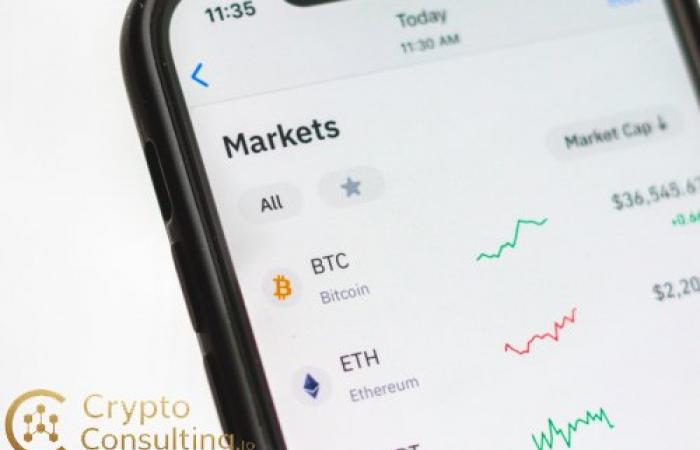
The global stablecoin ecosystem has achieved a remarkable milestone in 2025, with the total market capitalization surpassing $280 billion for the first time in history. This unprecedented growth underscores the increasing role of dollar-pegged digital assets in reshaping international payment systems, cross-border transactions, and the broader financial infrastructure.
USD-backed stablecoins, particularly USDT and USDC, continue to dominate the market, accounting for over 85% of the total stablecoin supply. These digital currencies have emerged as critical bridges between traditional finance and the decentralized ecosystem, offering the stability of fiat currencies with the efficiency and speed of blockchain technology.
The explosive growth has been driven by multiple factors, including expanding institutional adoption, regulatory clarity in key jurisdictions, and the integration of stablecoins into mainstream payment platforms. Major payment processors and financial institutions are increasingly leveraging stablecoin rails for cross-border remittances, reducing transaction times from days to minutes while significantly lowering costs.

Central banks worldwide are closely monitoring this development as they accelerate their own central bank digital currency (CBDC) initiatives. However, stablecoins have gained a significant first-mover advantage, with established networks and widespread merchant acceptance that will be challenging to replicate.
The regulatory landscape has also evolved considerably, with frameworks in the United States, European Union, and Singapore providing much-needed clarity for stablecoin issuers and users. These regulations focus on reserve transparency, redemption guarantees, and consumer protection, helping to build trust in these digital assets.
As stablecoins continue to gain traction in emerging markets for remittances and as a hedge against local currency volatility, analysts predict the market could exceed $400 billion by the end of 2026, further cementing digital dollars as fundamental infrastructure for the global financial system.





